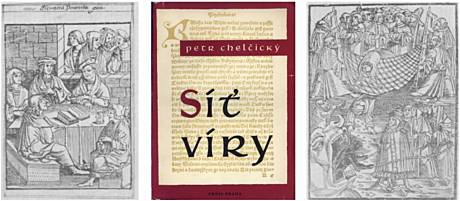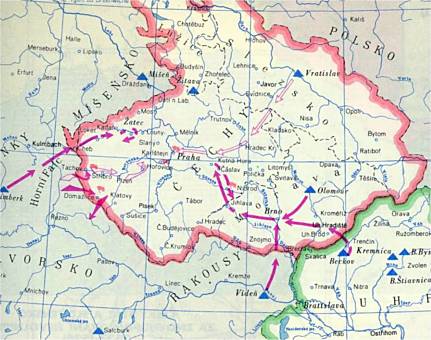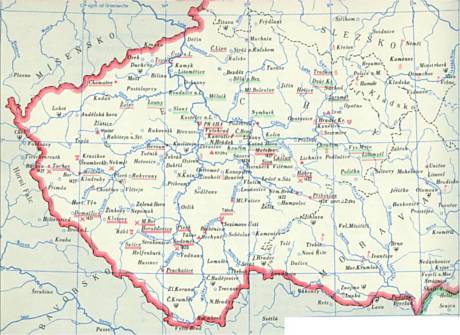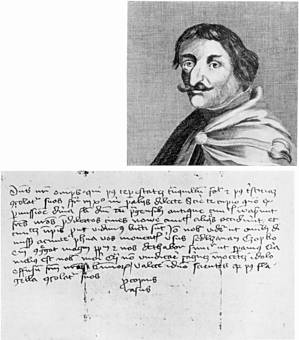Exhibition of the Czech Reformation in the European context
C Huss and Hussites (1st half of 15th century)
C 1 Origin of the Czech Reformation
1. John Wycliff – "the Morning Star of the Reformation"
– Carolinum – Prague University, where most of masters assumed Wycliff’s doctrines
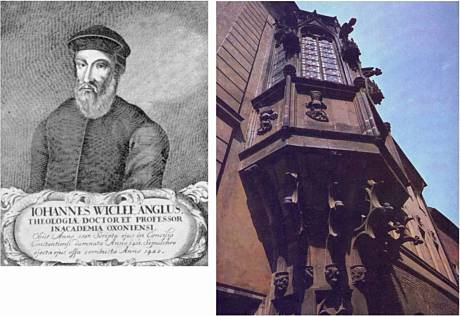
2. Bethlehem Chapel – first building established exclusively for preaching of the God’s word in Prague
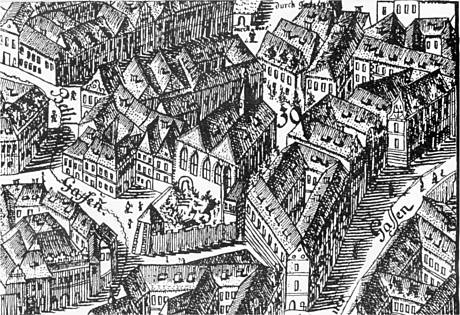
3. John Huss preaches in the Bethlehem Chapel
– Huss’ seal with the Liberal Arts’ Patroness St Catherine
– Huss’ signature
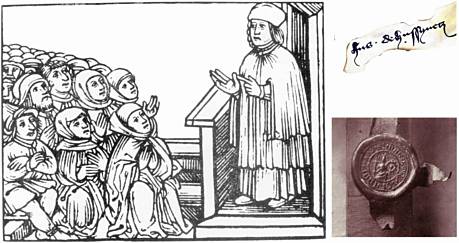
4. Huss at the stake in 1415 – the oldest extant picture in the Martinice Bible ca. 1430
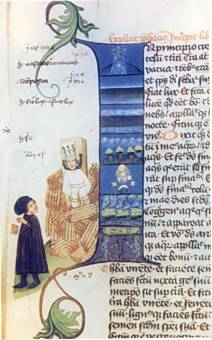
5. Master Hieronymus of Prague, Huss’ friend and attorney led to the stake in 1416
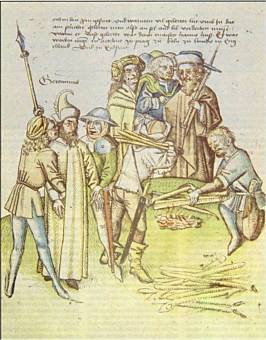
6. Protest letter of Bohemian and Moravian noblemen against M. John Huss’ burning to death
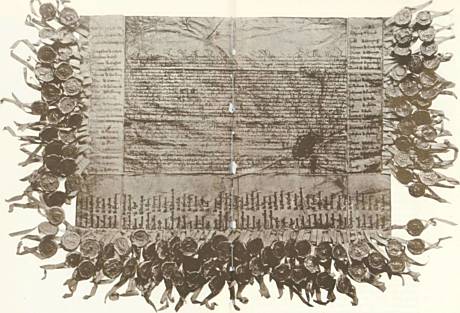
C 2 Defence against Crusades
1. Throwing of the Hussites into pits in Kutná Hora in 1420
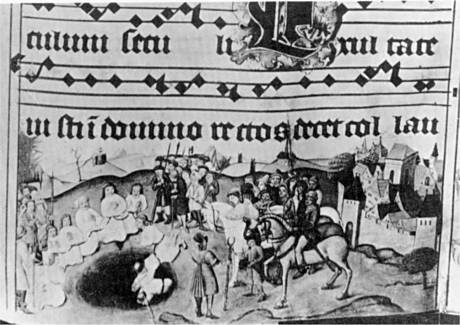
2. Hussites’ manifesto from 1420 as the answer to calling for the crusade against the Czech Kingdom
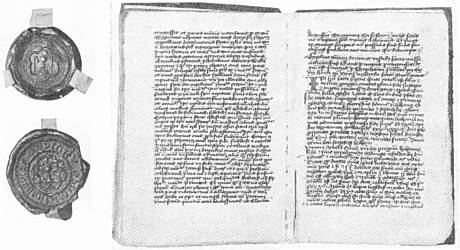
3. Hussites’ hymn: Ktož jsú Boží bojovníci (Who are God’s Warriors)
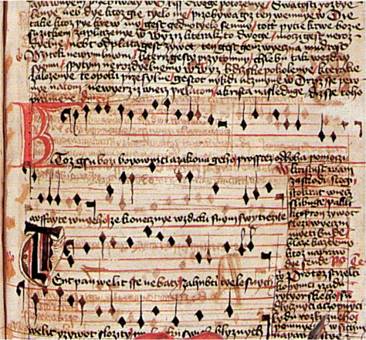
4. John Žižka of Trocnov leading the Hussites’ troops
– Žižka’s seal with the chalice
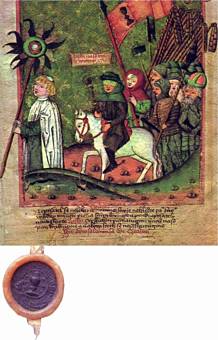
6. Czech lands since 1419 till 1437 – Towns’ Union of Prague (underlined with green) and Towns’ Union of Tabor, later also the Towns’ Union of the Orphans and Towns’ Union of Žatec (underlined with red)
– Žižka’s successor Prokop the Bald (the Great)
– The last letter by Prokop the Bald before the Battle of Lipany
C 3 Program of Hussites
1. The Program of Hussites represents the so called Four Articles of Prague. It required unrestricted preaching of the God’s word, Eucharist "in both kinds" (both bread and wine for everybody according the original habit that had been cancelled just since the 4th Council of Lateran), the end of the secular rule of the Church and justice for everybody – the same punishment of crimes even for priests, who were taken out from the secular criminal authority
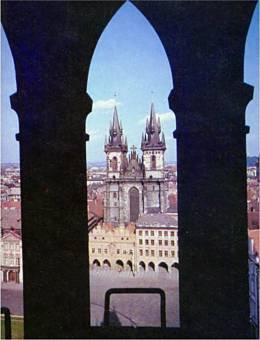
2. John Huss’ successor in the Bethlehem Chapel, M. Jakoubek of Stříbro, served the Holy Communion in both kinds for the first time in the St Martin’s Church in the Wall.
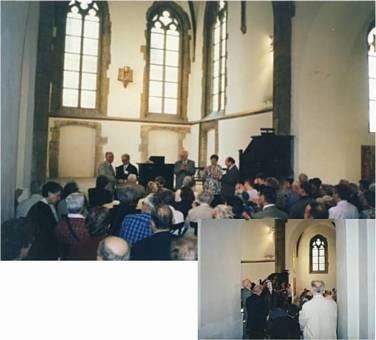
3. The Holy Communion (Eucharist) in both kinds and its symbol – chalice – became common the most famous exhibition of the Czech Reformation.
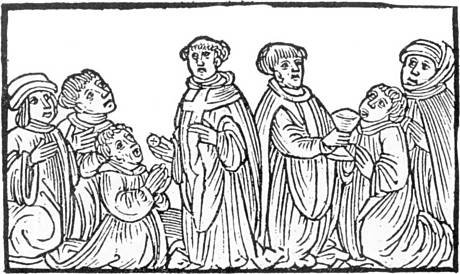
4. When violence had failed and the Council of Basle decided to treat with Hussites, in Cheb (Eger) both sides there agreed on the doctrine that Bible, the way of life of Jesus and those Church authorities, which correspond with both above mentioned demands, should conclude their dispute.
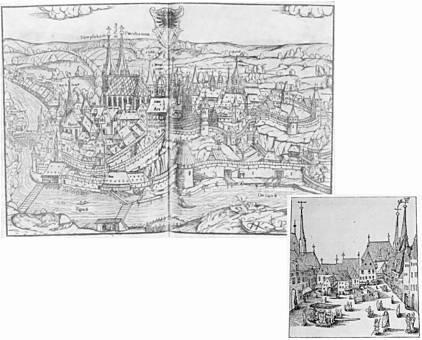
5. At the Council of Basle four important representatives of different Hussites’ streams defended the Four Articles of Prague.
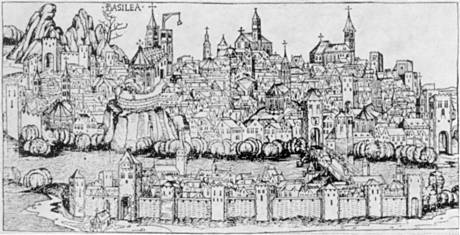
6. Beyond the mainstream of the Hussites Peter of Chelčice thought over the elemental questions. He understood that the beginning of the mistaken Christian Church development was in the joining of the Church and secular power together in the 4th century. He also condemned the medieval dividing of the society into three classes: praying clergy, fighting noblemen and working folk.
